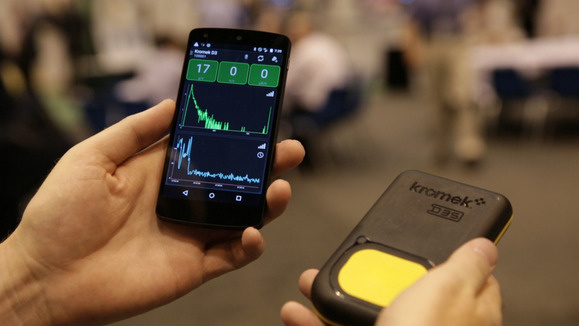
Written by: graceunemy
Introduction
Several electronic tools are used to detect radiation in the air. They vary in their use and application, and they also differ in their effectiveness as well.
They include up to but not limited to the Geiger Muller Detectors, the Alpha Radiation Survey Meter, the Dose Rate Meter, the Personal Dosimeters, and the Portal Monitors. There are also some Newer Radiation Detection devices that are effective in pointing out radiation waves.
The Geiger Mueller Detectors
The Geiger Mueller, also known as the GM Detectors, is a device that does not only detect but also measure radiation in the environment. This device is also used by radon mitigation companies. This device provides real time measurements and is accurate in checking out for contaminated waves in the environment. The Geiger Mueller Detector works simply. The radiation energy this machine detects is known as a count. All devices used to detect radiation only identify a percentage of the full radiation energy. This is because radioactive energy can decay or disintegrate with time. Any rate of this energy detected by a device is known as efficiency.
Therefore, it is clear that to obtain data, efficiency conversion has to be carried out. The conversion is carried out in factors that can be useful in some ways. First, the elements can determine the actual disintegrations that the radioactive material makes per second or minute. The factors can also specify the actual disintegrations that the material makes per unit of time. This measurement is done in units of curies. There are several advantages to using this device. The first is that the measures are real time. The second advantage is that this device is simple in application. Subjects, however, cannot use this device in adverse conditions like underwater.
The Personal Dosimeters
Personal Dosimeter is a small device that monitors radiation from the environment. This is used by being worn by subjects entering potential areas that may be subject to radiation. This device is commonly used by people such as workers in the health care or laboratory sectors in environments that may encompass radiation waves. The workers may either be in non-emergency environments or emergency environments. Personal Dosimeters are also useful for people who work in industrial settings that involve the use of radiation in daily processes. The dosimeters come in various shapes and sizes. There is the flat badge that may be worn on the torso, collar or chest.
There are also ring-shaped badges that the subject may wear on the finger. There are several types of Personal Dosimeters that include non-self-reading dosimeters, thermoluminescent dosimeters, optically stimulated dosimeters and self-reading dosimeters. There are several advantages of using this device as well.
First, it is small and highly portable, making it applicable to a broader range. The fact that this device is attached to the body makes it more effective as the response would be fast in cases of emergencies. This device can also be used in extreme conditions or even under the water. One of the cons is that it is expensive to acquire.
Dose Rate Meter
This device is used to measure the level of penetration and ionization of radiation. It is used by providing readings in units of time, measured by roentgens. It is advantageous in determining the safety of an area, and the period in which the safety lasts.
Newer Radiation Detective Devices
These include the Radionuclide Identifier and other portable detection devices. They are used for
emergency responders. They are applied in the identification of isotopes and the measure of dose and dose rate. They also monitor the alpha, beta and gamma types of contamination.